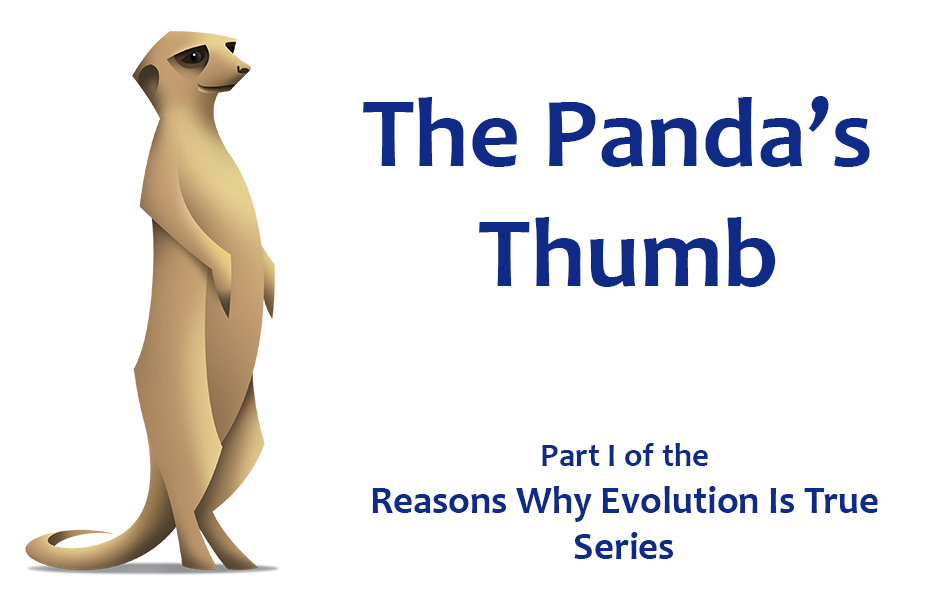Pandas are crap. They might be cute, cuddly and charismatic, but the simple fact is that they’re really pretty rubbish at being pandas. You might think that being good at being a panda would be a fairly important trait for a panda to possess, but sadly these beautiful animals are victims of evolutionary history. Giant pandas are members of the bear family, and they evolved from a common ancestor with other bears during the late Pleistocene, approximately 600,000 years ago. Bears are members of the Ursidae family, within the order Carnivora, and as the name suggests, almost all bears are meat-eaters. That is, except the panda. Bears have evolved a club-like paw, with limited independent movement of their digits, which is excellent for attacking live prey. Pandas, having evolved from a carnivorous, bear-like ancestor, share this adaptation, despite no longer eating meat. Bamboo is particularly difficult to grasp without a thumb. And Pandas need to consume an awful lot of bamboo to survive: about 40kg every day.
The panda’s solution to the problem of trying to grasp a long, cylindrical object without the use of thumbs is rather ingenious. Since their true thumb is preoccupied forming the paw, evolution has adapted a different bone to perform the same role. In Giant pandas, the radial sesamoid bone, which in humans is a rather small bone forming part of our wrist, is dramatically enlarged and elongated, so that it extends out from the wrist forming a thumb-like structure. Tendons that would usually attach to the thumb have been stopped short, and instead attach to the radial thumb, holding it away from the rest of the paw allowing it to be used to grasp bamboo.
Pandas, therefore, are an excellent example of the phenomenon of exaptation, where a characteristic evolved for one purpose is later adapted to a different role. They are the sad victims of the constraints of evolutionary history. Had an intelligent designer been involved in their creation, surely they would never have ended up with such an uncomfortable arrangement, but instead would have been created with a thumb much more like our own?
Articles in this Series:
- Intro: Reasons Why Evolution is True
- Part One: The Panda’s Thumb
- Part Two: Parasitoid Wasps
- Part Three: Ring Species
- Part Four: Galapagos Finches
- Part Five: The Quirky Human Eye
- Part Six: Homology
- Part Seven: Coevolution
- Part Eight: PreCambrian Rabbits
- Part Nine: DIY Evolution
- Part Ten: Convergent Evolution






